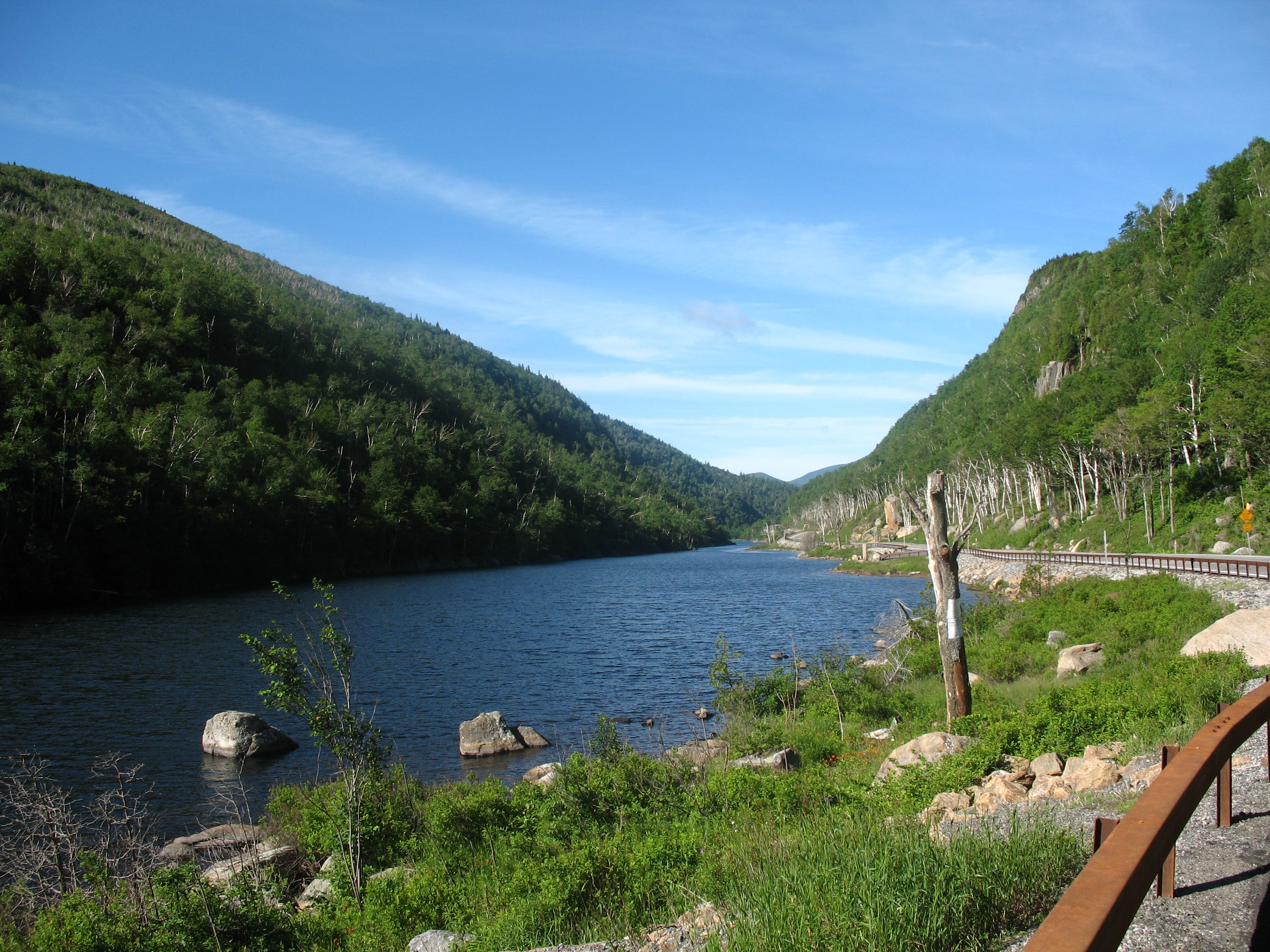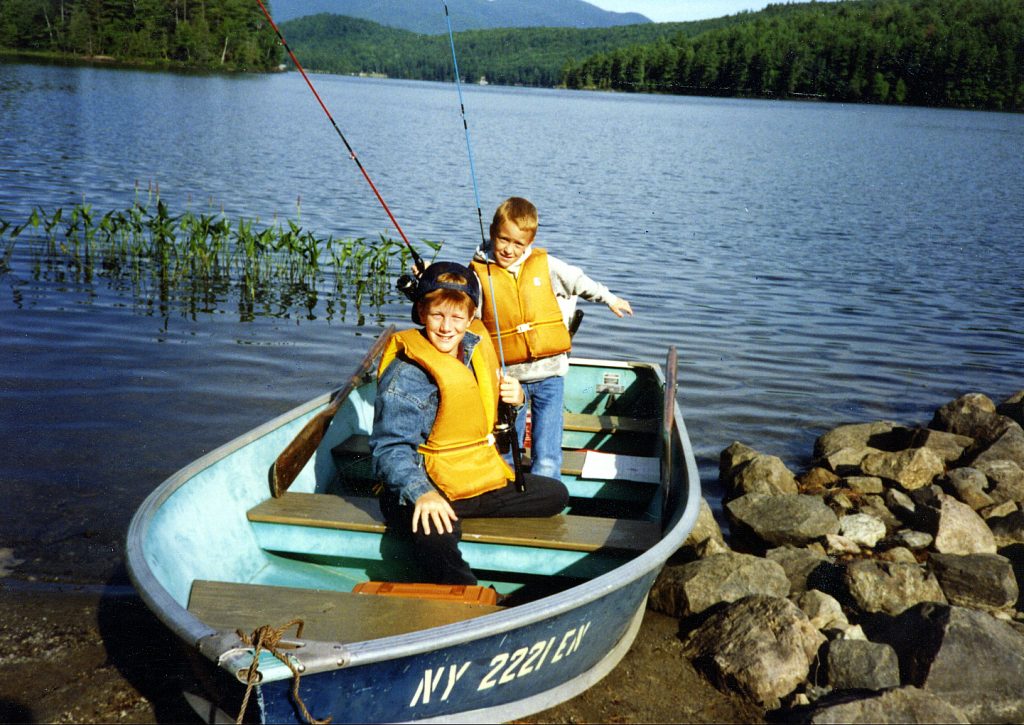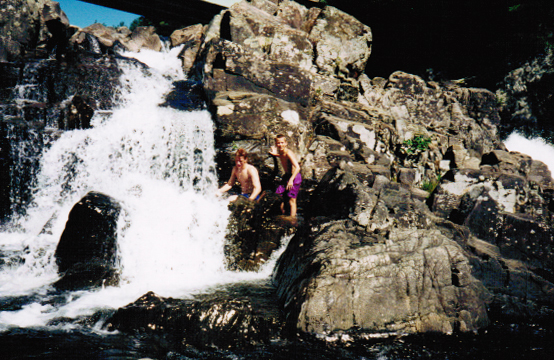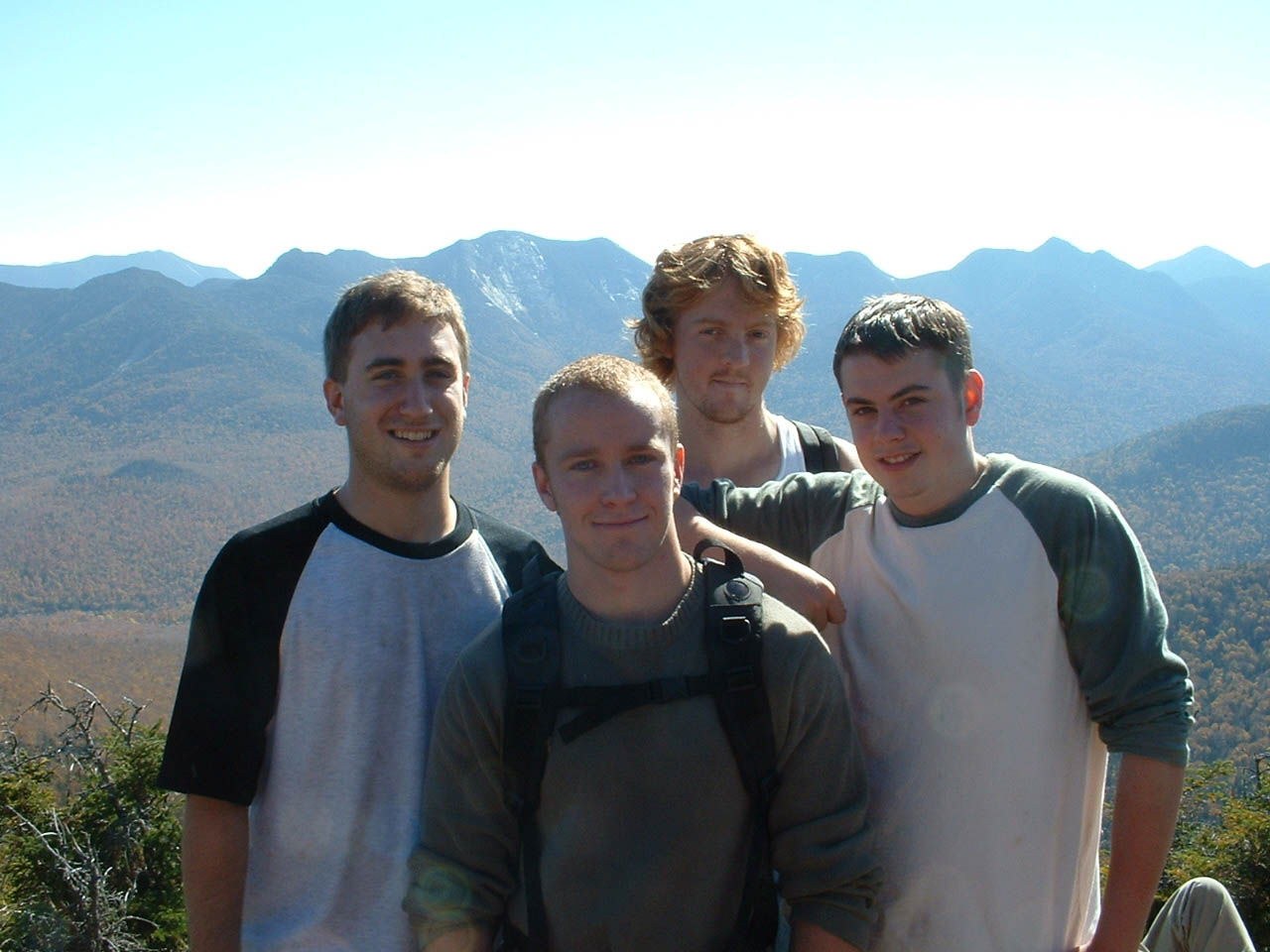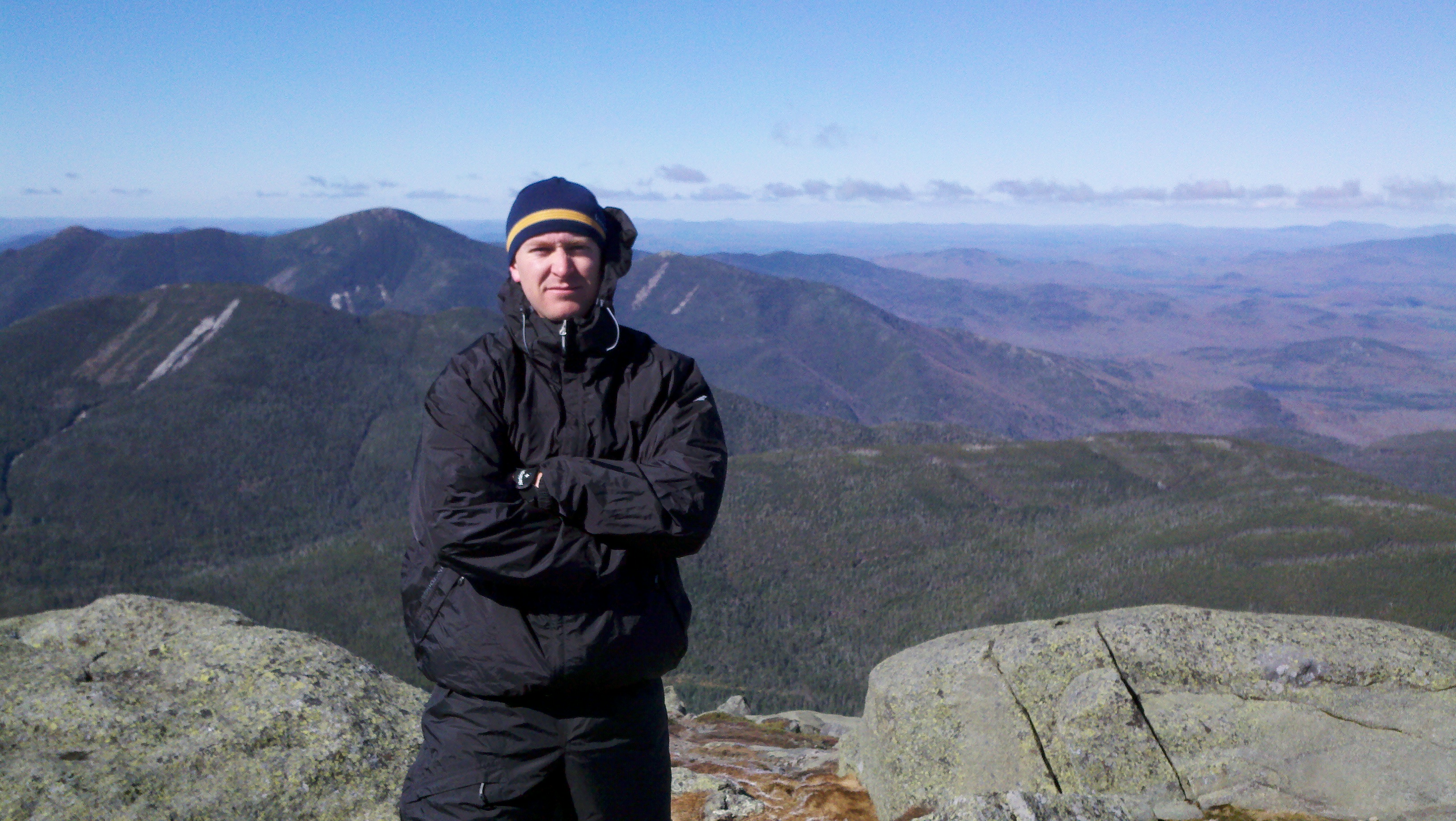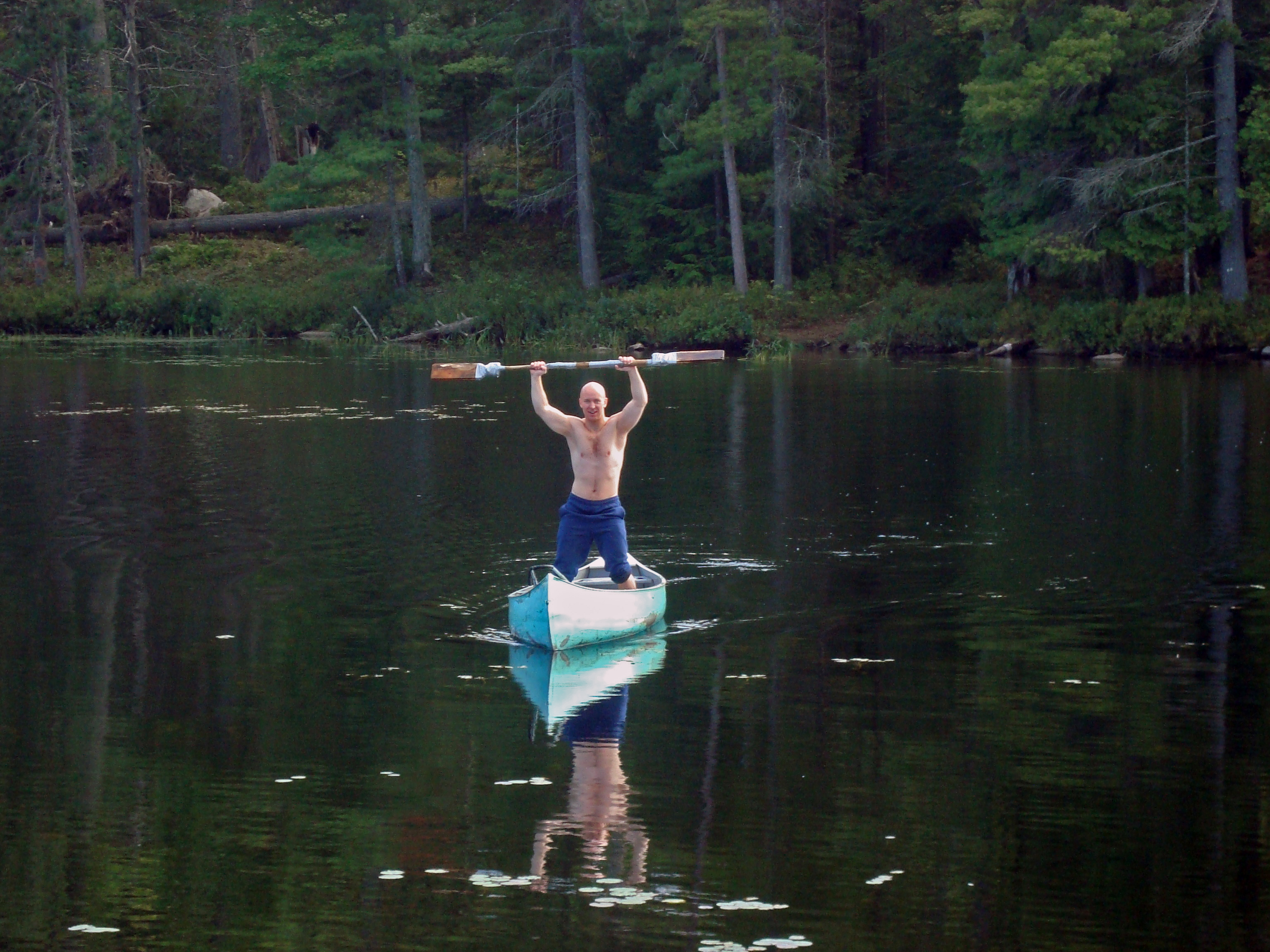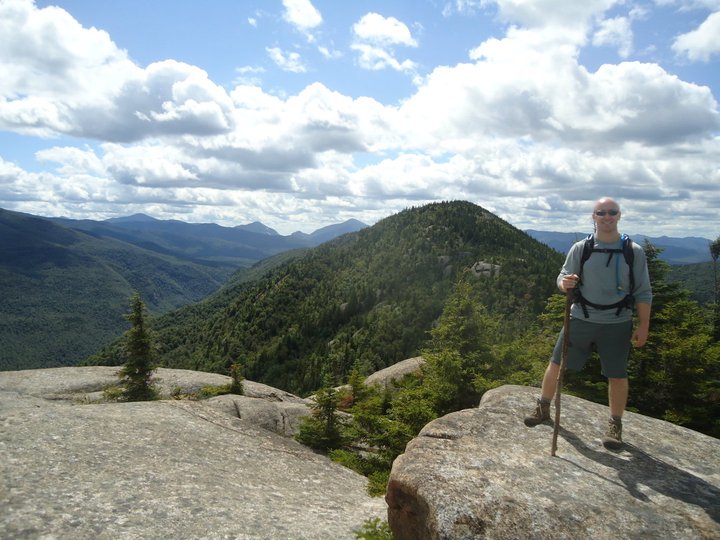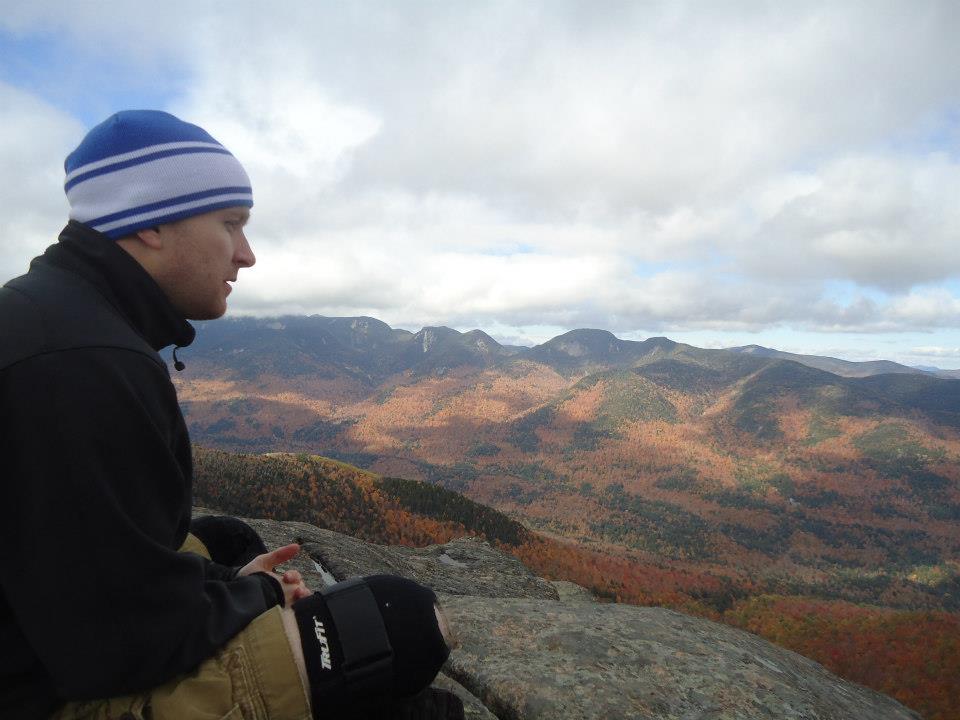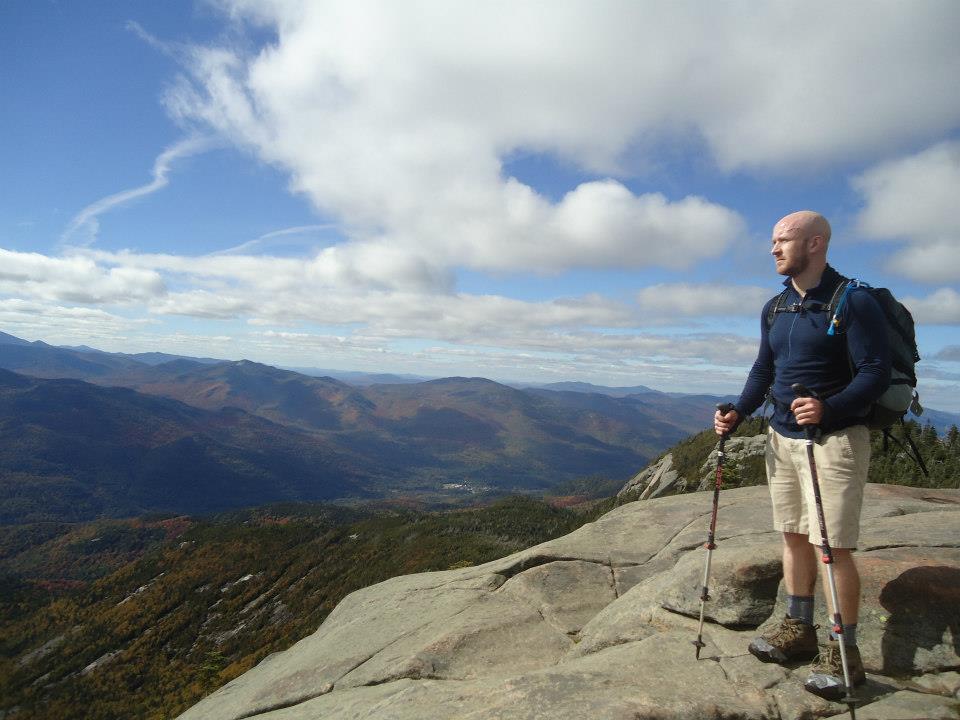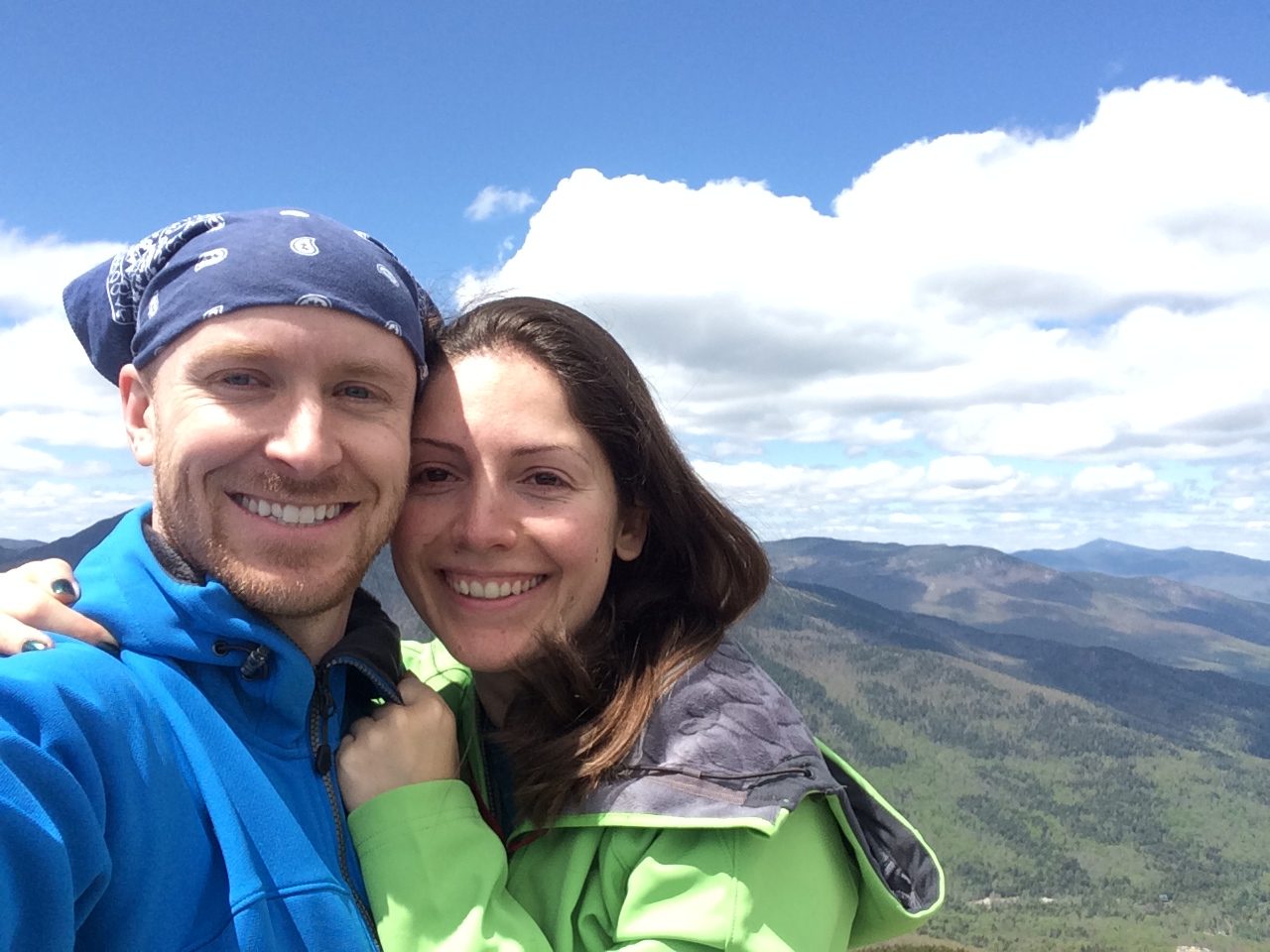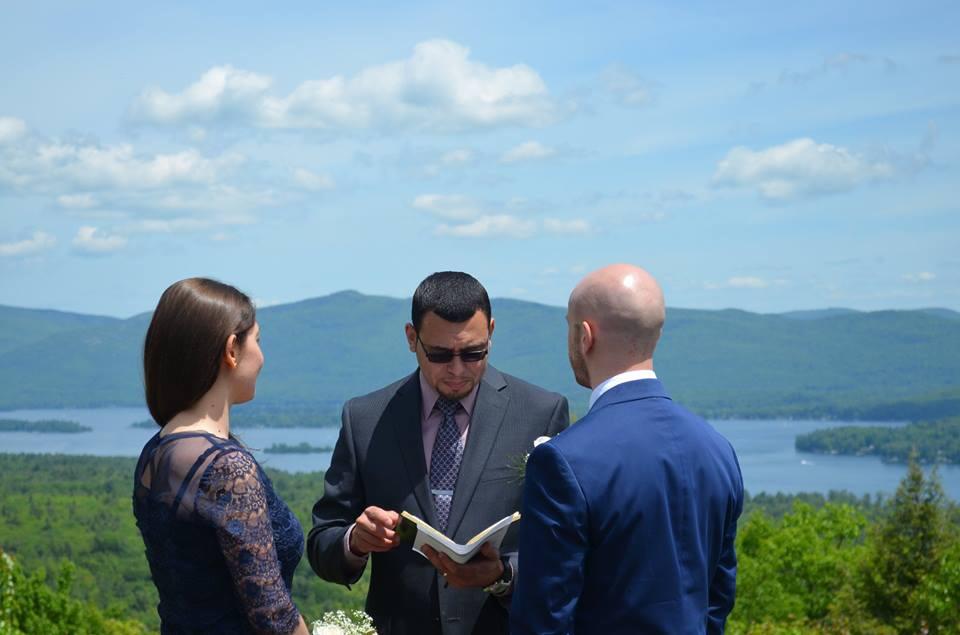
I’ll be the first to admit that hiking solo has a lot of great benefits. Nevertheless, I find hiking with a group to be a more rewarding experience. When I created my company, Adirondack Hikers, I intentionally focused on the plural form of the word hiker. Adirondack hikers are part of a community, and I believe hiking in a group builds strong connections and creates priceless shared experiences that each of us will cherish throughout our lives. Here are just a few of the benefits of hiking with a group:
- Safety – Hiking comes with great physical demands and the wilderness, wildlife, and weather can be unpredictable. Having another person(s) with you when you fall ill or injure yourself on the trail is advantageous to getting out of the woods safely. A hiking newbie or less experienced hiker should always hike with a more experienced hiker to minimize the risk of getting lost or stranded in the woods.
- Companionship – Humans are naturally social beings. Whether you prefer a more intimate conversation with one other hiking buddy, or you feed off the energy of a pack of hikers working toward a shared goal; it’s nice to connect with people in a peaceful environment with minimal distractions.
- Making new friends – If hiking in the Adirondacks is one of your favorite activities, then who better to spend that time with than like-minded people that share your appreciation for that activity. Meeting friends of friends who share a love for Adirondack hiking is a great way to make new friendships and expand your social network.
- Learning from one another – We’re all unique individuals and that makes us interesting. You can learn a lot on the trail since we each have our own opinions, perspectives, life experiences, and stories to share. I enjoy the random topics that sprout up on the trail and am grateful the woods are a space for those conversations.
- Shared memories – While I will stop and take the occasional photos on a hike, it isn’t the amazing scenery that I tend to look back on. In actuality, how I felt during a particular hike is what comes to my mind. It might have been a grueling hike for the group where we shared a sense of accomplishment upon reaching a summit(s) and safely making the return trip to the trailhead. Upon a summit, we may have been reminded of how small each of us is in this world as we stared in awe upon the vast wilderness before our eyes. Within the forest, perhaps laughter was sprinkled throughout the hike as we reminisced about our childhood memories. There have even been hikes where we are afforded the opportunity to reconnect with those whom we’ve grown distant from. No matter what, I always think about the good times I shared with my fellow hikers. To no one’s surprise, my favorite photo from any trip is always a group picture capturing the people I experienced life with.
I encourage people to think about their intentions and expectations for an upcoming hike. If you’re in need of some intimate conversation and hope to venture into deeper discussions, consider sticking to a tight knit group between 2 – 4 persons. If you’re looking to connect with a variety of personalities, explore new acquaintances, and stick to more casual topics of conversation, then a larger group may be appealing. Keep in mind, the larger the hiking group, the more likely the group will get split up as the hike progresses. Members of a group will have different levels of fitness, and some may prefer a conversational pace while others may wish to move more quickly. Prior to any hike, the group should discuss their plans on how to reunite should gaps get created between hikers amongst a group. An experienced hiker should be designated as your group leader in order to minimize risks and help facilitate a positive hiking experience.
Think carefully about the company you keep when deciding to spend some extended time in nature. A little bit of thoughtfulness will increase your chances for happy memories and rewarding relationships. Don’t forget, we were all hiking newbies at one point of our lives, so be patient with those individuals getting acclimated with the wonders of Adirondack hiking.
